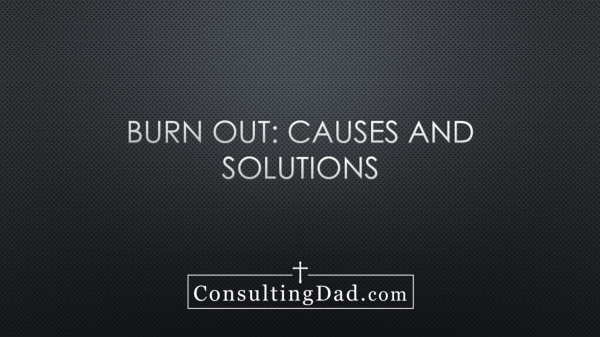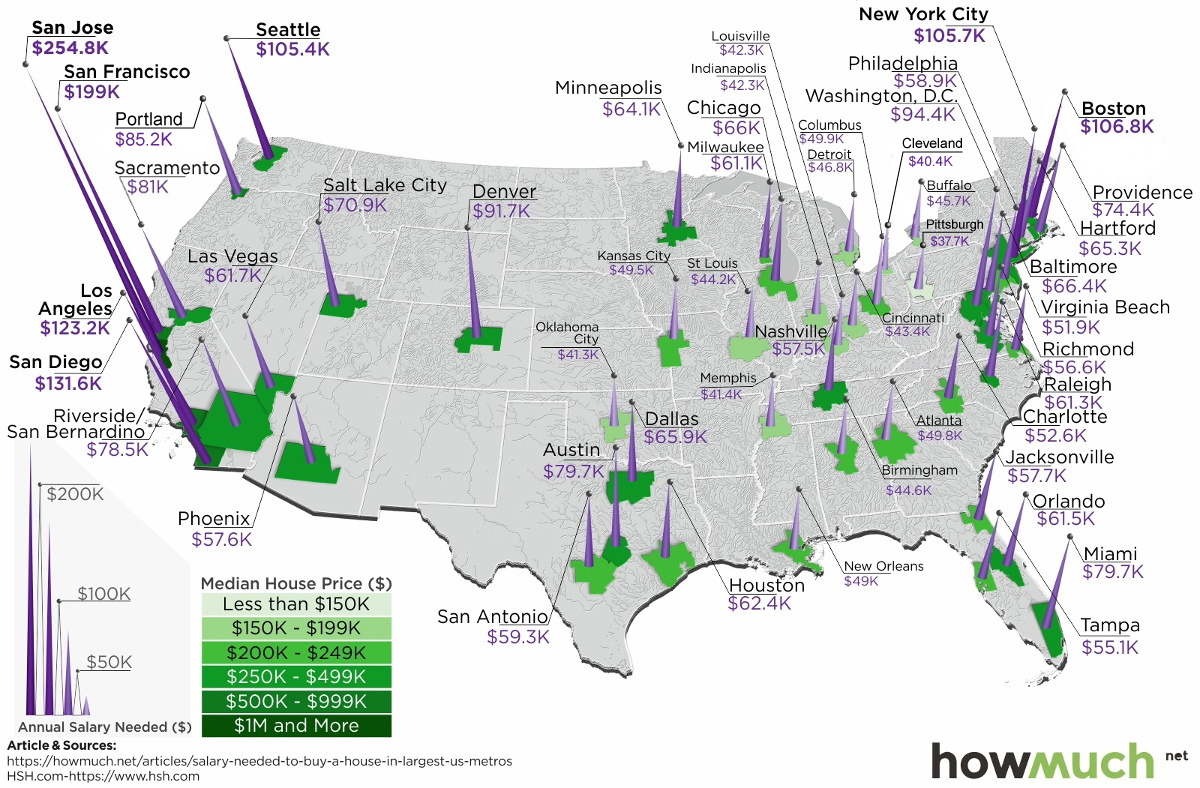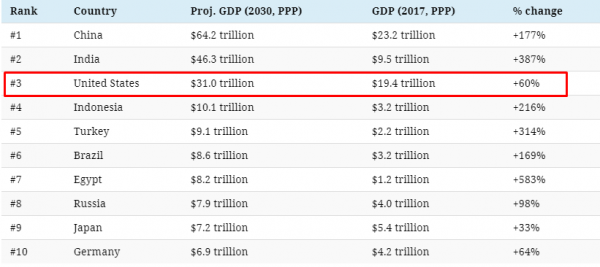- Home
- Careers
Earn San Jose Wages and Enjoy a Pittsburgh Cost of Living
The cost of living varies dramatically around the world and even from city to city here in the US. In this article the top 10 most expensive and top 10 least expensive metropolitan areas are identified.
The cheapest metros:
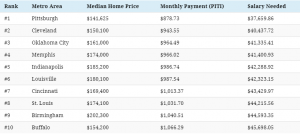
The most expensive metros:
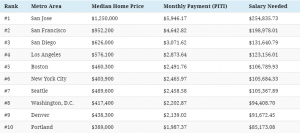
A house in San Jose might average $1,200,000 while in Pittsburgh it’s just $141,000. If the people in San Jose are spending that much more for homes, they’re probably spending more for most other items in their life, and earning higher wages (to be able to afford the higher cost of living).
Our parents and grandparents might have lived and worked in the same area their entire life, and not have had many options. You and I can work and live wherever we want.
So why not structure your life so you can earn San Jose level wages while enjoying a Pittsburgh Cost of Living?
How do you do that?
You can achieve that in a few ways. First, you get a job that allows you to work for an employer based in a higher-cost metro who pays those higher wages but allows you to work from home. So you work for an employer in a high cost area, but you live in a low cost area. Congratulations, you’ve just given yourself a substantial raise.
The next step in the evolution of this process is to ‘create’ your job by becoming a freelancer, contractor or consultant. You live where you want but you sell your time or services to the people who live in high cost areas and won’t flinch at your higher hourly rates or fees. It doesn’t matter to them that your costs are low, because it’s not your cost to provide the value they need that matters, but their cost to acquire it, and you’ll be competitive with their local alternatives.
The final step in this process is to build a business where you are selling products and services into these high-cost areas and you are managing the freelancers, contractors or consultants who are still on step one, and who do the work for you. The difference between their ‘step one’ wages and the ‘step two’ fees represents your profit margin. You earn money whether you work or not, and your earnings are no longer tied to the hours you work.
There’s nothing about this concept that is new-this is what entrepreneurs and business owners have done for centuries-except that now virtually anyone can do it from anywhere in the world WITHOUT CAPITAL. The new ‘rich’ is not cars, boats, houses and airplanes, but economic freedom and security. The Marxist class-warfare ideology of previous generations pitting workers against investors is now irrelevant, because you don’t need capital to start or build a business; you only need to solve problems for other people.
So ignore those guys who are shooting videos with bimbos in bikinis in their leased jet and pursue an authentic alternative for yourself.
I explain exactly how to do this and share three real examples in a webinar I created here. There is no cost to the webinar and there is nothing for sale.
When America Is #3
Visual Capitalist has produced a chart predicting that America will have the third largest economy (after China and India), by 2030.
There are lots of assumptions that go into these things, of course, but it’s a reasonable assumption based on population sizes, birth rates, growth rates and population age.
If we assume this is true, what does it mean for those of us in the aging west, and how to we prepare? Some questions:
How will your job or business be impacted when the US cannot dictate the terms of trade to our largest trading partners?
What will competition for your job or business look like when Asia floods our market with folks willing to work twice as hard for half the price (think of what Latinos have done to agriculture and lawn care, but now across the workforce, from welders to CEOs)?
How will your income be affected when the US can no longer issue debt at will and taxes skyrocket and services end?
What will your retirement planning look like if property values stagnate and the stock market loses 50% of its value?
How will you support your family when the Feds print money at will and inflation reduces your purchasing power by 50%?
What will you do when automation (robots and their software brains) replace the core responsibilities of your job (or your boss)?
There are answers to these questions, and there are tremendous opportunities. Make sure you have a plan that works when times are tough.
Be Smart: Embrace Change
The retail industry is undergoing dramatic change. This is a lesson for you and I:
1. You are not static, you were not born into a static world, you have no right to live in a perpetually unchanging existence. Why would you want to, anyway? In business and technology, embrace change. Don’t rage against it.
2. Position yourself in such a way that you benefit from the change you see and the change you expect. This needs to be a very conscious state of mind. The notion that you can ‘get a job’ and then ‘work hard’ and deserve to be employed at the same place for as long as you want is an unreasonable expectation-it’s “I deserve” instead of “I serve” way of thinking.
3. When you encounter obstacles, challenges or treatment you think is ‘unfair’, resist the temptation towards victim-thinking, and instead accept the reality and look for the opportunity created by that challenge.
Focus on solving problems for other people and you’ll always have a safe occupation.
